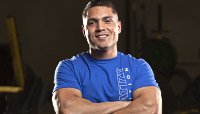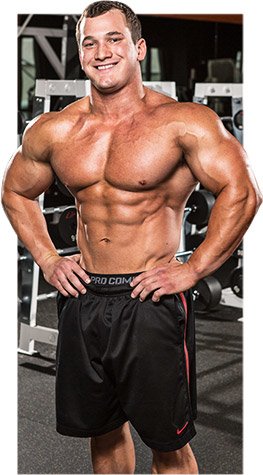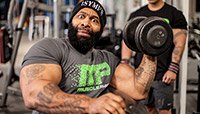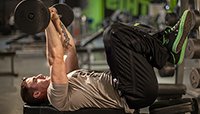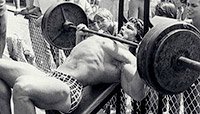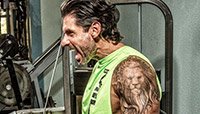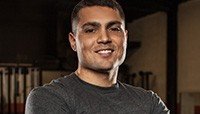In light of recent events that have tested the commitment of colleges and universities across the nation to free and open discourse on campus, University of Chicago President Robert J. Zimmer appointed a faculty committee, chaired by me, to prepare a statement articulating the University of Chicago’s commitment “to free, robust, and uninhibited debate and deliberation among all members of the University’s community.”
After carefully reviewing the University’s history, examining events at other institutions, and consulting a broad range of individuals both inside and outside the University of Chicago, the committee crafted the following statement, which “reflects the long-standing and distinctive values of the University of Chicago and affirms the importance of maintaining and, indeed, celebrating those values for the future.” I thought it might be instructive to share this statement more generally.
From its very founding, the University of Chicago has dedicated itself to the preservation and celebration of the freedom of expression as an essential element of the University’s culture. In 1902, in his address marking the University’s decennial, President William Rainey Harper declared that “the principle of complete freedom of speech on all subjects has from the beginning been regarded as fundamental in the University of Chicago” and that “this principle can neither now nor at any future time be called in question.”
Thirty years later, a student organization invited William Z. Foster, the Communist Party’s candidate for President, to lecture on campus. This triggered a storm of protest from critics both on and off campus. To those who condemned the University for allowing the event, President Robert M. Hutchins responded that “our students . . . should have freedom to discuss any problem that presents itself.” He insisted that the “cure” for ideas we oppose “lies through open discussion rather than through inhibition.” On a later occasion, Hutchins added that “free inquiry is indispensable to the good life, that universities exist for the sake of such inquiry, [and] that without it they cease to be universities.”
In 1968, at another time of great turmoil in universities, President Edward H. Levi, in his inaugural address, celebrated “those virtues which from the beginning and until now have characterized our institution.” Central to the values of the University of Chicago, Levi explained, is a profound commitment to “freedom of inquiry.” This freedom, he proclaimed, “is our inheritance.”
More recently, President Hanna Holborn Gray observed that “education should not be intended to make people comfortable, it is meant to make them think. Universities should be expected to provide the conditions within which hard thought, and therefore strong disagreement, independent judgment, and the questioning of stubborn assumptions, can flourish in an environment of the greatest freedom.”
The words of Harper, Hutchins, Levi, and Gray capture both the spirit and the promise of the University of Chicago. Because the University is committed to free and open inquiry in all matters, it guarantees all members of the University community the broadest possible latitude to speak, write, listen, challenge, and learn. Except insofar as limitations on that freedom are necessary to the functioning of the University, the University of Chicago fully respects and supports the freedom of all members of the University community “to discuss any problem that presents itself.”
Of course, the ideas of different members of the University community will often and quite naturally conflict. But it is not the proper role of the University to attempt to shield individuals from ideas and opinions they find unwelcome, disagreeable, or even deeply offensive. Although the University greatly values civility, and although all members of the University community share in the responsibility for maintaining a climate of mutual respect, concerns about civility and mutual respect can never be used as a justification for closing off discussion of ideas, however offensive or disagreeable those ideas may be to some members of our community.
The freedom to debate and discuss the merits of competing ideas does not, of course, mean that individuals may say whatever they wish, wherever they wish. The University may restrict expression that violates the law, that falsely defames a specific individual, that constitutes a genuine threat or harassment, that unjustifiably invades substantial privacy or confidentiality interests, or that is otherwise directly incompatible with the functioning of the University. In addition, the University may reasonably regulate the time, place, and manner of expression to ensure that it does not disrupt the ordinary activities of the University. But these are narrow exceptions to the general principle of freedom of expression, and it is vitally important that these exceptions never be used in a manner that is inconsistent with the University’s commitment to a completely free and open discussion of ideas.
In a word, the University’s fundamental commitment is to the principle that debate or deliberation may not be suppressed because the ideas put forth are thought by some or even by most members of the University community to be offensive, unwise, immoral, or wrong-headed. It is for the individual members of the University community, not for the University as an institution, to make those judgments for themselves, and to act on those judgments not by seeking to suppress speech, but by openly and vigorously contesting the ideas that they oppose. Indeed, fostering the ability of members of the University community to engage in such debate and deliberation in an effective and responsible manner is an essential part of the University’s educational mission.
As a corollary to the University’s commitment to protect and promote free expression, members of the University community must also act in conformity with the principle of free expression. Although members of the University community are free to criticize and contest the views expressed on campus, and to criticize and contest speakers who are invited to express their views on campus, they may not obstruct or otherwise interfere with the freedom of others to express views they reject or even loathe. To this end, the University has a solemn responsibility not only to promote a lively and fearless freedom of debate and deliberation, but also to protect that freedom when others attempt to restrict it.
As Robert M. Hutchins observed, without a vibrant commitment to free and open inquiry, a university ceases to be a university. The University of Chicago’s long-standing commitment to this principle lies at the very core of our University’s greatness. That is our inheritance, and it is our promise to the future.
Geoffrey R. Stone, Edward H. Levi Distinguished Service Professor of Law, Chair
Marianne Bertrand, Chris P. Dialynas Distinguished Service Professor of Economics, Booth School of Business
Angela Olinto, Homer J. Livingston Professor, Department of Astronomy and Astrophysics, Enrico Fermi Institute, and the College
Mark Siegler, Lindy Bergman Distinguished Service Professor of Medicine and Surgery
David A. Strauss, Gerald Ratner Distinguished Service Professor of Law
Kenneth W. Warren, Fairfax M. Cone Distinguished Service Professor, Department of English and the College
Amanda Woodward, William S. Gray Professor, Department of Psychology and the College
Continue reading here:





























